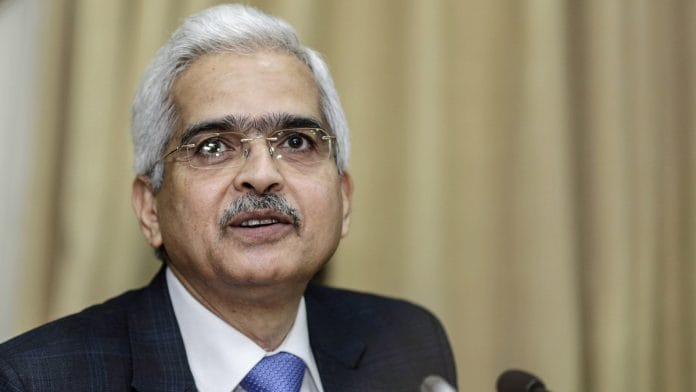Mumbai/London: India’s shadow banking sector has improved, with only about four financiers still being a “cause of concern,” central bank Governor Shaktikanta Das said.
The Reserve Bank of India, which had been worried about 10 non-bank financiers is now closely monitoring just three to four of the 50 firms it has been assessing for signs of stress, Das said, reiterating that the central bank won’t allow any major bank or financier to collapse.
These non-bank finance companies have less “interconnectivity with other entities” such as banks and mutual funds, Das, 63, said in an interview in his office in Mumbai on Tuesday. “Bank funding to the NBFC sector has shown very good improvement. The liquidity situation has improved.”
India’s shadow banks, which lend to everyone from teashop merchants to property tycoons, are slowly recovering from a crisis following the collapse of an infrastructure financier in 2018. The central bank last year seized Dewan Housing Finance Corp. to contain the fallout as the credit crunch began squeezing corporates and banks.
Central bank data shows loan growth sunk to a more than two-year low in February, despite the RBI lowering borrowing costs five times last year. That’s partly because banks have been cautious about lending as they grapple with the world’s steepest bad-loan ratio, and in part due to companies holding back investments amid waning consumer demand in an economy that’s set for its weakest expansion in 11 years.
“When growth slows down, your credit off take goes down,” Das said. With sales dropping at corporates “it could impact their behavior in terms of repayment of loans.”
Analysts have voiced fears about a surge in bad loans on account of the real estate industry — the hardest hit following a crisis in the nation’s shadow banks — and telecommunication companies that have been ordered by the court to pay billions in fees. Lenders, including Yes Bank Ltd., have been struggling due to their exposure to stressed shadow banks.
The troubles for shadow lenders started in 2018 following a default by one of the biggest institutions, Infrastructure Leasing & Financial Services Ltd., which set off the liquidity crisis.
In a bid to boost lending, the central bank last month introduced a $14 billion facility of cheap funds for banks and removed a mandatory requirement for lenders to set aside cash for every new loan extended to retail automobiles, residential housing and small businesses.
The RBI also relaxed lending rules for small- and medium-sized businesses, allowing some delays in loan servicing to be not treated as bad debt.
“The worry about NBFCs is at lower level,” Das said.-Bloomberg
Also read: RBI sees room to cut interest rates to protect Indian economy from coronavirus impact






